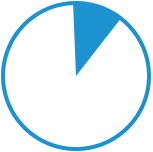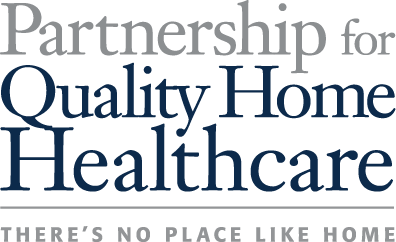Home healthcare patients are among the sickest and most vulnerable beneficiaries in the Medicare program, underscoring the importance of consistent access to home health. Quality home healthcare services allow these patients to remain in their homes and receive necessary skilled nursing and therapy services, while avoiding unnecessary inpatient care and hospital stays.

At a population of 51.4 million, seniors compose 16 percent of the U.S. population.

In 20 years, that number will reach over 70 million, or 20 percent of the population.
As America’s population rapidly ages, there will be greater need for skilled home healthcare services among our nation’s seniors. Home healthcare can meet the care needs of a diverse senior population and reduce America’s healthcare costs as a low-cost care setting.
Plus, a clear majority of American seniors prefer to receive care in the home. Recent polling found that nine in ten seniors (91%) and Medicare beneficiaries (91%) would prefer to receive short-term recovery or rehabilitation health care at home. Further, older voters, Medicare beneficiaries, and caregivers nearly unanimously agree that it is important for them to choose the setting in which they or a loved one receive short-term recovery or rehabilitation care.
